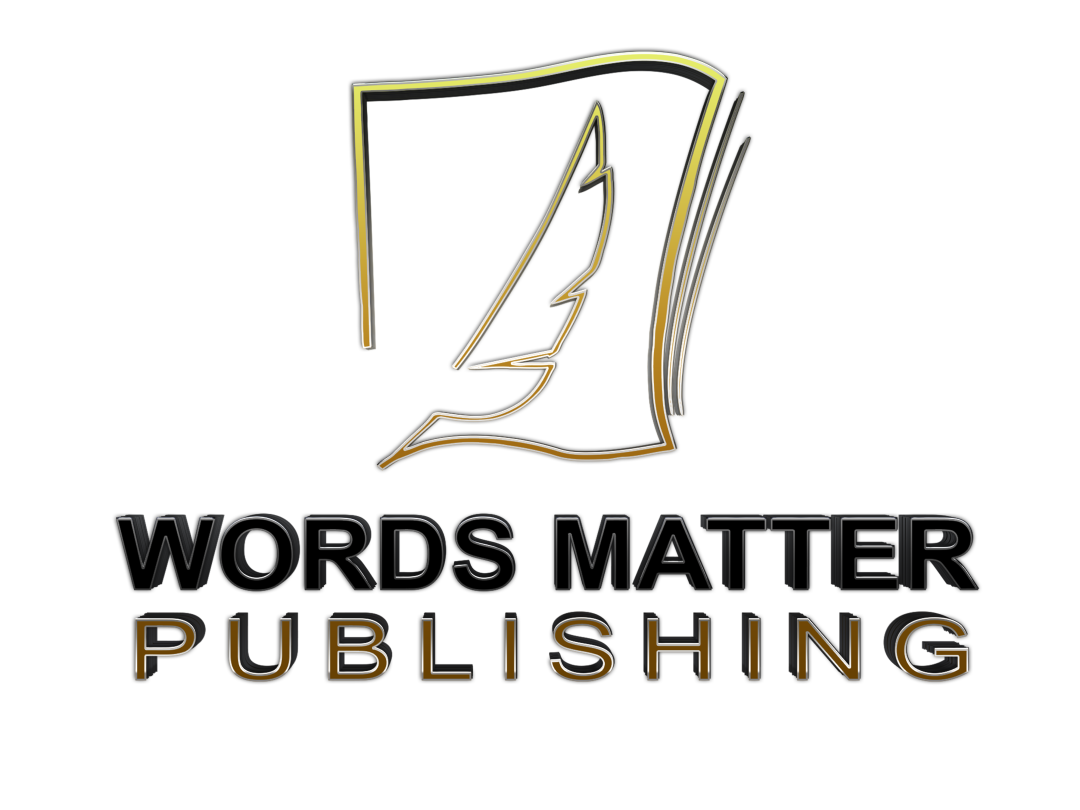
Turning Moments Into Meaning With the Power of Personal Reflection
Personal essays are some of the most intimate, flexible, and impactful forms of nonfiction writing. Whether you’re writing for a magazine, blog, anthology, or your own collection, the personal essay offers a space to explore truth, ask hard questions, and connect through shared human experience.
The best personal essays don’t just say, “Here’s what happened.” They ask: “Have you ever felt this, too?” They blend storytelling, insight, and emotional depth into a short but powerful narrative.
In this post, you’ll learn how to craft personal essays that feel authentic, polished, and unforgettable.
Step 1: Start With a Spark
Personal essays often begin with a moment:
- An image you can’t forget
- A conversation that haunted you
- A decision that changed your path
Ask:
- What do I keep returning to?
- What am I trying to understand?
- What story feels unfinished in my heart?
Start small. Start true. The big themes will emerge.
Step 2: Find the Universal Thread
Even though the story is yours, the essay must resonate with others. The key is finding the universal in the specific:
- A breakup becomes a lesson in self-worth
- A childhood memory becomes a commentary on belonging
- A failure becomes a window into resilience
Ask yourself:
- Why does this matter?
- What does this reveal about being human?
The best essays invite reflection—not just narration.
Step 3: Choose the Right Structure
Unlike traditional articles, personal essays have flexible formats. Options include:
- Chronological
Tells the story in the order it happened. Clean and clear.
- Braided/Narrative Layers
Weaves two (or more) storylines or themes together.
- Circular
Begins and ends in the same place or moment—creating emotional symmetry.
- Fragmented/Vignette
Uses snapshots, often out of order, to evoke a memory or mood.
Let your form serve your message.
Step 4: Use Scene, Not Just Summary
Bring your moments to life with:
- Dialogue
- Specific setting details
- Sensory language
Example:
“She said it like a dare, her fingers still trembling on the teacup.”
Scene makes emotion tangible. Use it to ground your reflection in lived experience.
Step 5: Embrace Vulnerability
Don’t write around the hard parts. Go into them. The more honest and self-aware you are, the more powerful your essay will be.
- Admit your flaws
- Sit in your contradictions
- Share what you’ve learned—but don’t pretend to have all the answers
Vulnerability creates trust. It’s what turns words into connection.
Step 6: Reflect, Don’t Preach
Your essay isn’t a sermon or a TED Talk. It’s a conversation.
Instead of:
- “This taught me that…” Try:
- “I wonder now if…”
Reflection shows growth. Readers don’t need perfection—they want presence.
Step 7: End With Resonance
Your final lines should echo—not summarize. Leave readers with:
- A powerful image
- A question
- A twist
- A line that lingers
Avoid: “And that’s what I learned.” Aim for: “I still carry that silence like a stone.”
Step 8: Revise for Rhythm and Impact
Read your essay aloud. Listen for:
- Sentence flow and musicality
- Repetition and rhythm
- Clarity and coherence
Tighten language. Cut what’s unnecessary. Sharpen your emotional through-line.
Final Thoughts: Let the Essay Reveal You
The personal essay is a mirror—for you, and for the reader. It’s where you go to remember, reflect, and reveal.
So tell your story. Say what only you can say. And trust that in doing so, you’ll touch something timeless.
Because the most personal stories? They’re often the most universal.

